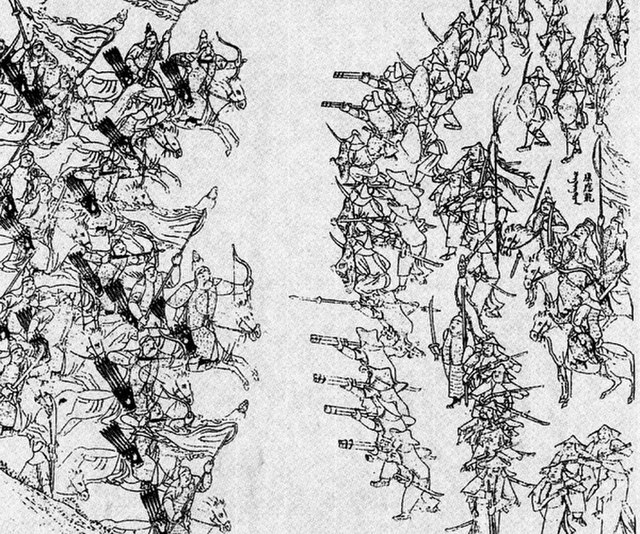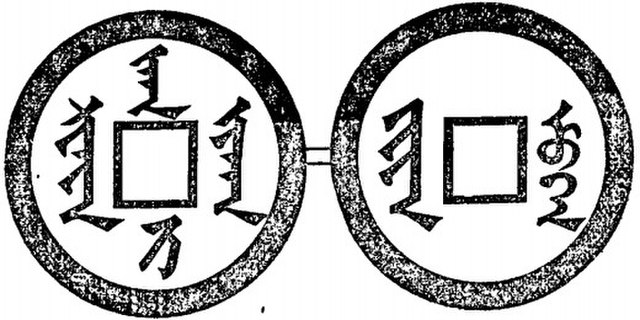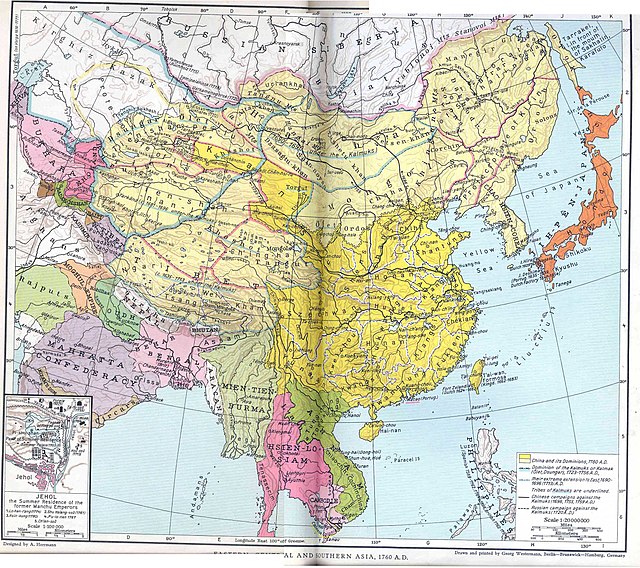The Wuchang Uprising was an armed rebellion against the ruling Qing dynasty that took place in Wuchang, Hubei, China on 10 October 1911, beginning the Xinhai Revolution that successfully overthrew China's last imperial dynasty. It was led by elements of the New Army, influenced by revolutionary ideas from Tongmenghui. The uprising and the eventual revolution directly led to the downfall of the Qing dynasty with almost three centuries of imperial rule, and the establishment of the Republic of China (ROC), which commemorates the anniversary of the uprising's starting date of 10 October as the National Day of the Republic of China.
Establishment of the Republic of China
Wuchang military nine-star flag, with the Taijitu symbol in the middle
Beiyang Army on the way to Hankou, 1911.
Sun Yat-sen's statue at the First Uprising Plaza of Wuhan in front of the former Hubei military government building
The Qing dynasty, officially the Great Qing, was a Manchu-led imperial dynasty of China and the last imperial dynasty in Chinese history. The dynasty, proclaimed in Shenyang in 1636, seized control of Beijing in 1644, which is considered the start of the dynasty's rule. The dynasty lasted until 1912, when it was overthrown in the Xinhai Revolution. In Chinese historiography, the Qing dynasty was preceded by the Ming dynasty and succeeded by the Republic of China. The multi-ethnic Qing dynasty assembled the territorial base for modern China. It was the largest imperial dynasty in the history of China and in 1790 the fourth-largest empire in world history in terms of territorial size. With over 426 million citizens in 1907, it was the most populous country in the world at the time.
Manchu cavalry charging Ming infantry battle of Sarhu in 1619
Sura han ni chiha (Coins of Tiancong Khan) in Manchu alphabet
Dorgon (1612–1650)
The Qing conquest of the Ming and expansion of the empire








